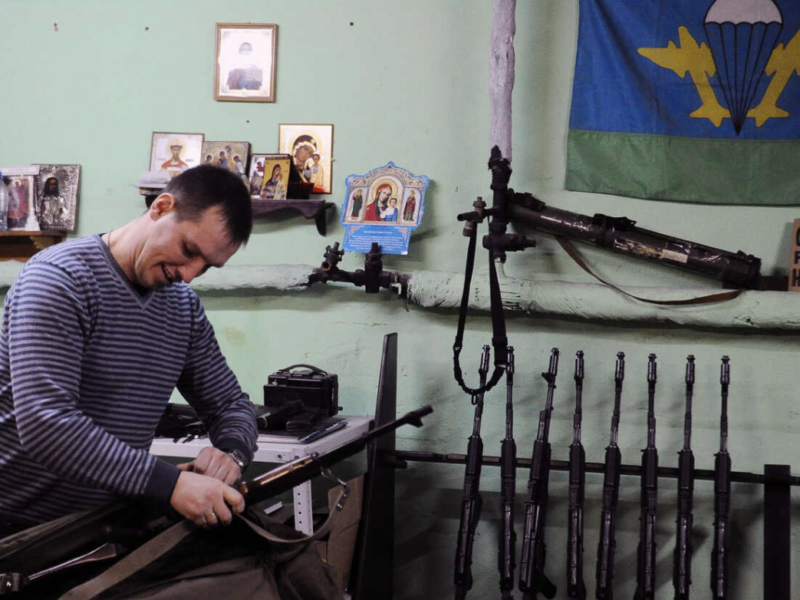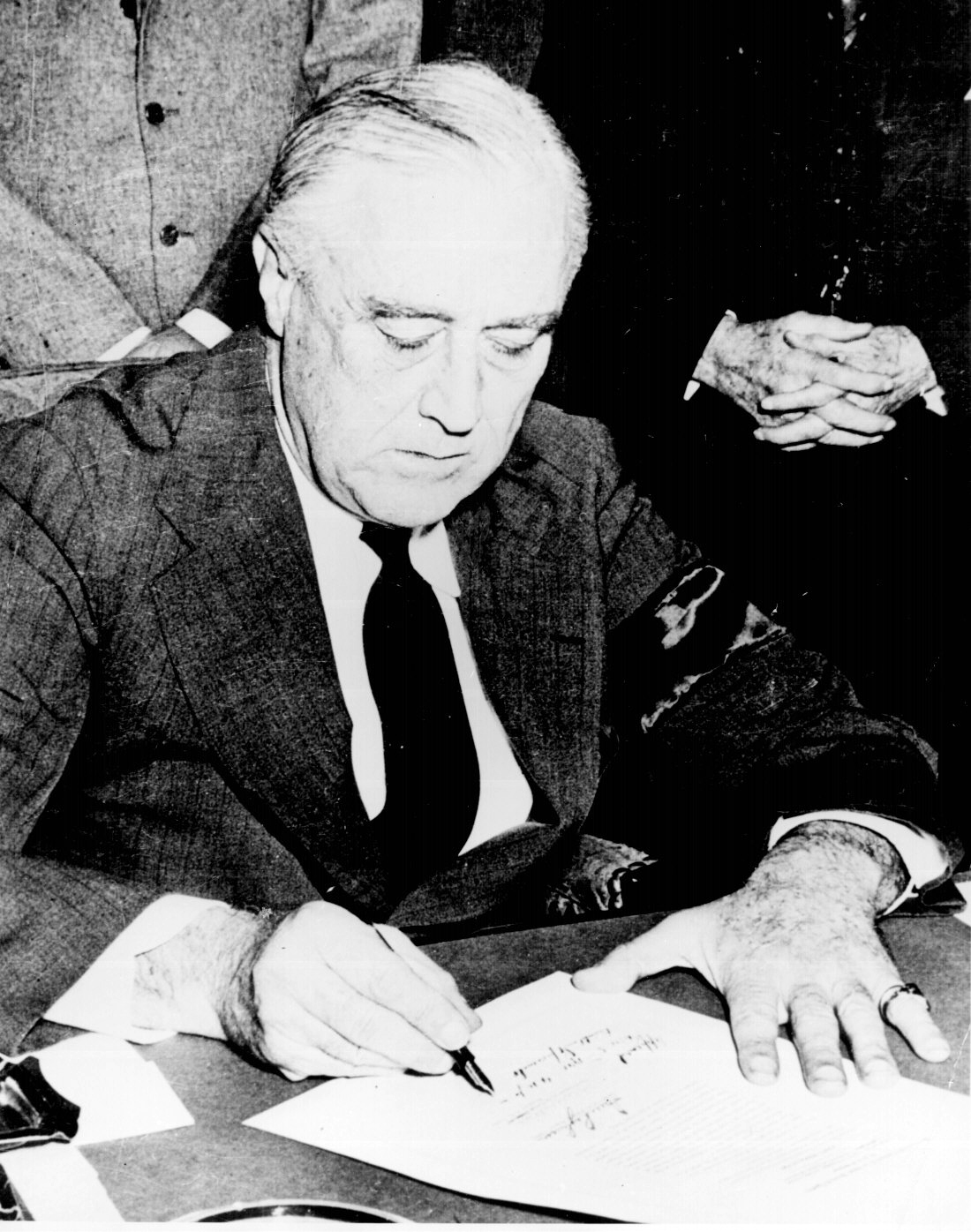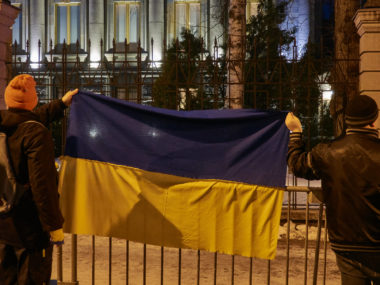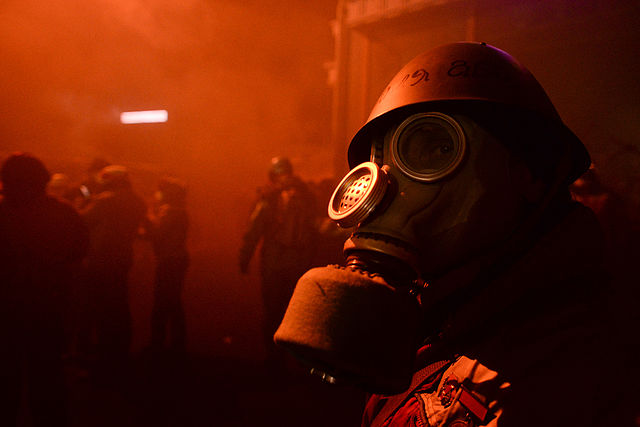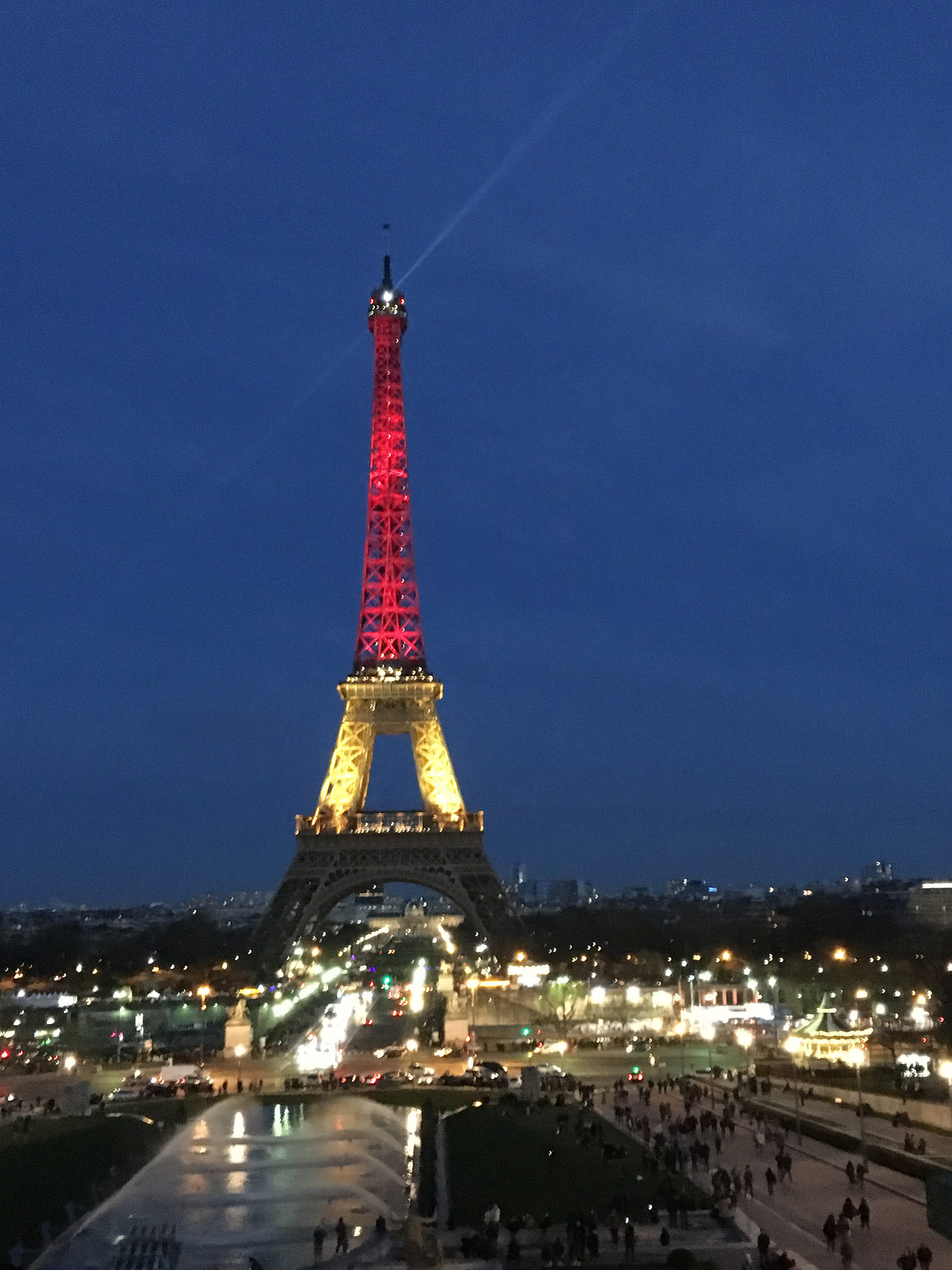This week the United States designated the ultranationalist Russian Imperial Movement a terrorist group, including the group on its terrorism sanction list. It is the first time the US government has applied the label to a white supremacist group. The Russian Imperial Movement is part of a network of racist groups in Europe and North America that experts describe as a growing and global threat.
Some analysts and politicians have been calling for a move like this for some time, as white supremacist terrorists are increasingly seen as at least as dangerous to the United States as Islamist terrorists.
How important is this designation? And what are the potential implications?
The designation is noteworthy because it is the first time a white supremacist group has received a terrorist designation from the United States. Historically, a broad range of groups have received US terrorism designations, such as the leftist organizations listed when the designation regime began in the late 1990s. But most of the groups currently labeled as terrorist organizations are Islamist. The Russian Imperial Movement received a “Specially Designated Global Terrorist” label, which is not quite the same as the more well-known “Foreign Terrorist Group” classification. (There are legal distinctions between the two, but also substantial overlap.) Nonetheless the move marks a substantial shift for US policy.
The apparent shift might surprise some observers, since the Trump administration previously downplayed or ignored advice about the threat from white nationalist extremism. However, violence from these groups is not abating, and allies such as Canada and the United Kingdom have already labeled white supremacists as “terrorists” (see below). Perhaps the administration decided it was time to get on board. It’s also possible that the designation is the result of other issues: it gives the administration the opportunity to divert attention from COVID-19 news, and this is an election year. The designation also gives the administration ammunition to counter the claim that it is soft on racists, or Russia. The politics behind the designation are debatable, but the outcome is a significant change.
But what effects, if any, will the designation have? The chief aim of counterterrorism sanctions is to squeeze terrorist groups by criminalizing business with them (including donations), and forcing financial institutions to freeze their assets. The US Treasury reports blocking more than $46 million from sanctioned terrorist groups as of 2018. Groups that rely on donations are especially vulnerable to these sanctions. Foreign Terrorist Organization status put substantial pressure on the finances of Iranian dissident group Mujahedin-e Khalq, for example, which fought for years to get off the list.
But research suggests that counterterrorism sanctions have less of an impact on terrorist groups that fund themselves through crime, or with support from other terrorist groups. For example, al Qaeda-affiliated organizations have been resilient in the face of sanctions due to their diverse funding sources.
White supremacist groups like the Russian Imperial Movement often use crowdfunding, which suggests some vulnerability to sanctions. However, they also benefit from a network of like-minded extremist groups, and may have other sources of funding, suggesting they might have too diverse a portfolio to be substantially affected.
Another study found that US terrorist organization designations only reduce attacks when the group operates in a US-allied country. Counterterrorism allies are crucial for enforcing sanctions. However, Russia has been quite permissive toward racist paramilitary groups, raising the question of how effective the terrorist label will be against a group in Russia.
Even if the designation fails to reduce violence by the group, it is at least a step toward consistency in the application of US counterterrorism sanctions. It can also be seen as a demonstration of priorities. Listing groups is symbolic—it puts a spotlight on perceived threats. The designation suggests the federal government has made countering white supremacist extremists a priority.
Will more white supremacist groups be designated “terrorists” by the United States? This depends at least in part on intelligence collection. Tracking the finances of this organization could provide tips about its partner groups. Given the global network of such groups, sanctioning only one might be analogous to the “whack-a-mole” criticism of how the US countered al Qaeda by focusing on certain leaders or factions.
The United States could encourage partner countries to sanction the Russian Imperial Movement. Countries like United Kingdom and Canada have their own distinct lists, and they vary considerably. These countries have already sanctioned other white supremacist groups—before the United States did—but they do not sanction the Russian Imperial Movement. It would probably be better for enforcement efforts if the countries sanctioned the same groups. Research on sanctions against countries also suggests that multilateral sanctions are more effective than unilateral sanctions, and the same is likely to be true for terrorist groups.
Overall, the US “terrorist” label of a white supremacist group is an interesting innovation, and might signal a shift in US counterterrorism. It is less clear how this might affect the designated group, but terrorism analysts will be watching closely.

